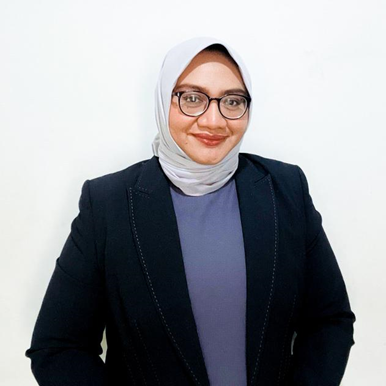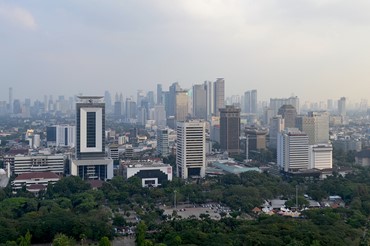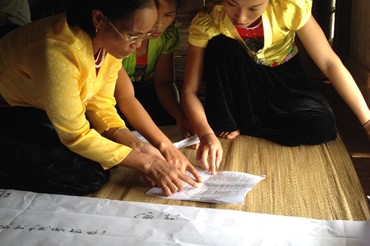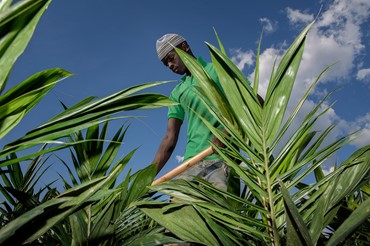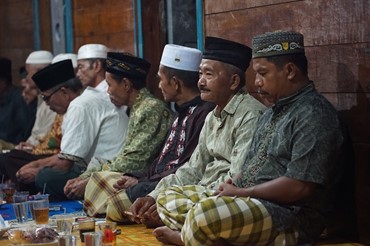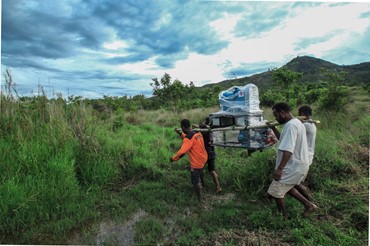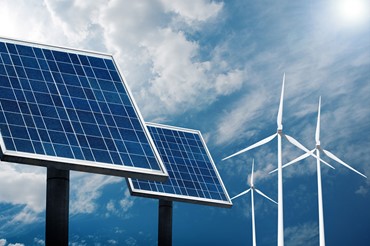Sustainable waste data management
The second project, ‘Waste Data Digitisation’, focussed on supporting the government and the waste ecosystem players to make more well-informed decisions and streamline and build more effective waste data management processes. This initiative involved conducting workshops to inform policymaking and ideation, with the ultimate goal of enhancing waste management practices and promoting sustainability in Bali’s Denpasar city where tourism has resulted in various waste management challenges.
Our MEL team also found this project to be successful – in this case on raising awareness about climate change and waste data management. This is the case for government and non-government organisations, including partners from the government office Denpasar City Environment and Sanitation Service. Government partners also hold the research done through Waste Data Digitisation in high regard, deeming it critical in helping them make informed decisions and enhancing waste data monitoring quality. The team also found that the Denpasar City Environment and Sanitation Service considers the project insightful and possibly influential in enhancing its existing waste information system.
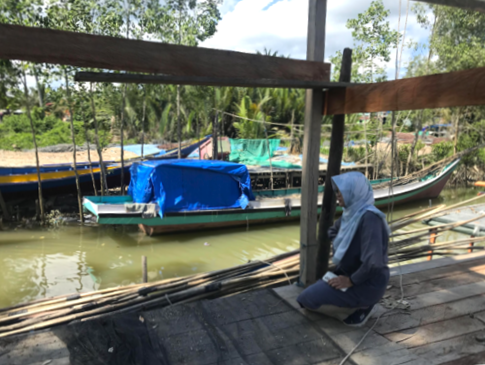
I Gusti Ngurah Gede Budhita is a division head at the Denpasar City Environment and Sanitation Service in charge of waste reduction. He also heads the development and management of the application SIDARLING, designed to support waste reduction, waste bank operations and community education on waste segregation. The 49-year-old government worker actively participated in GSMA-organised activities, which included a baseline survey, an ideation workshop, a policymaker workshop and more. These activities, he shared, have been invaluable and bore insightful and actionable directions for his office.
"Generally, we are aware of the conditions and needs in the field, but they have not been formally documented, based on thorough surveys and well-documented results, and presented to policymakers," I Gusti Ngurah Gede Budhita says. "The findings presented confirm our assumptions with accurate data."
Adi Wiguna, who heads the Waste Handling Division of the Denpasar City Environmental and Hygiene Office, was changed after the project. After his participation in the same Waste Data Digitisation’s activities, he found himself warming up to the idea of a partnership between the government office and the mobile technology organisation.
"Although I had initial doubts, the ongoing process has made me support it because it can be implemented, of course, with the support of facilities and infrastructure so that it can be carried out effectively in the future in a real way," he says.






